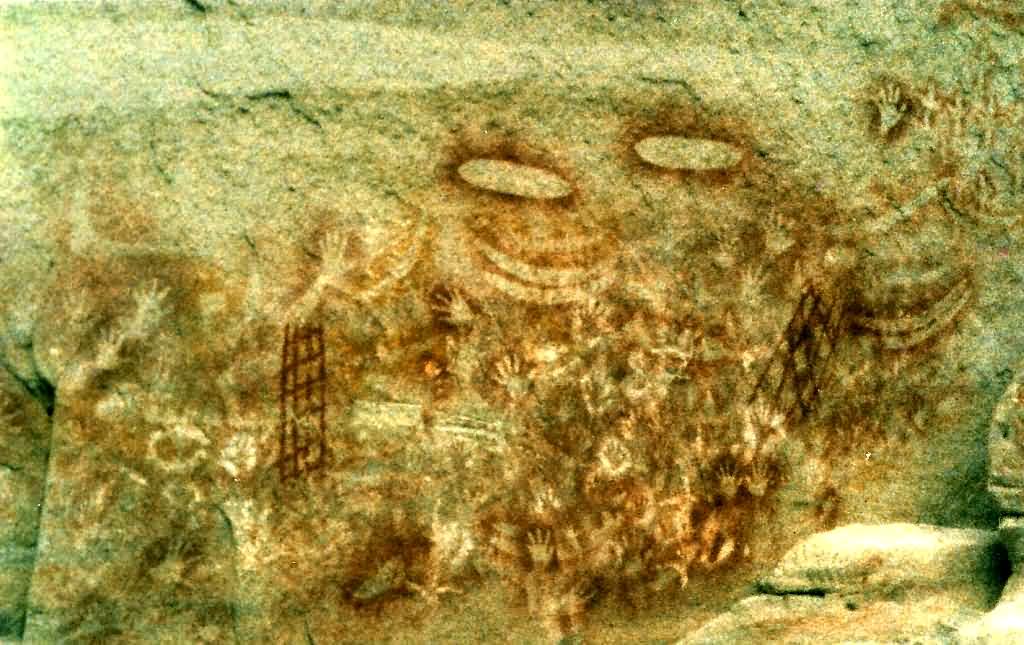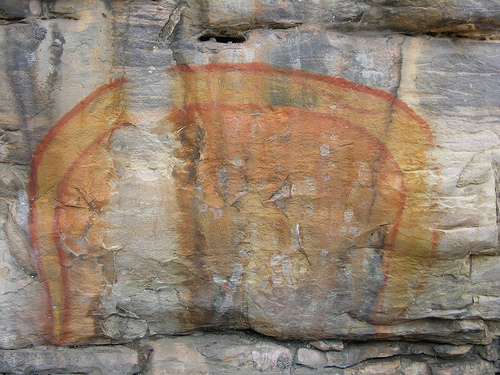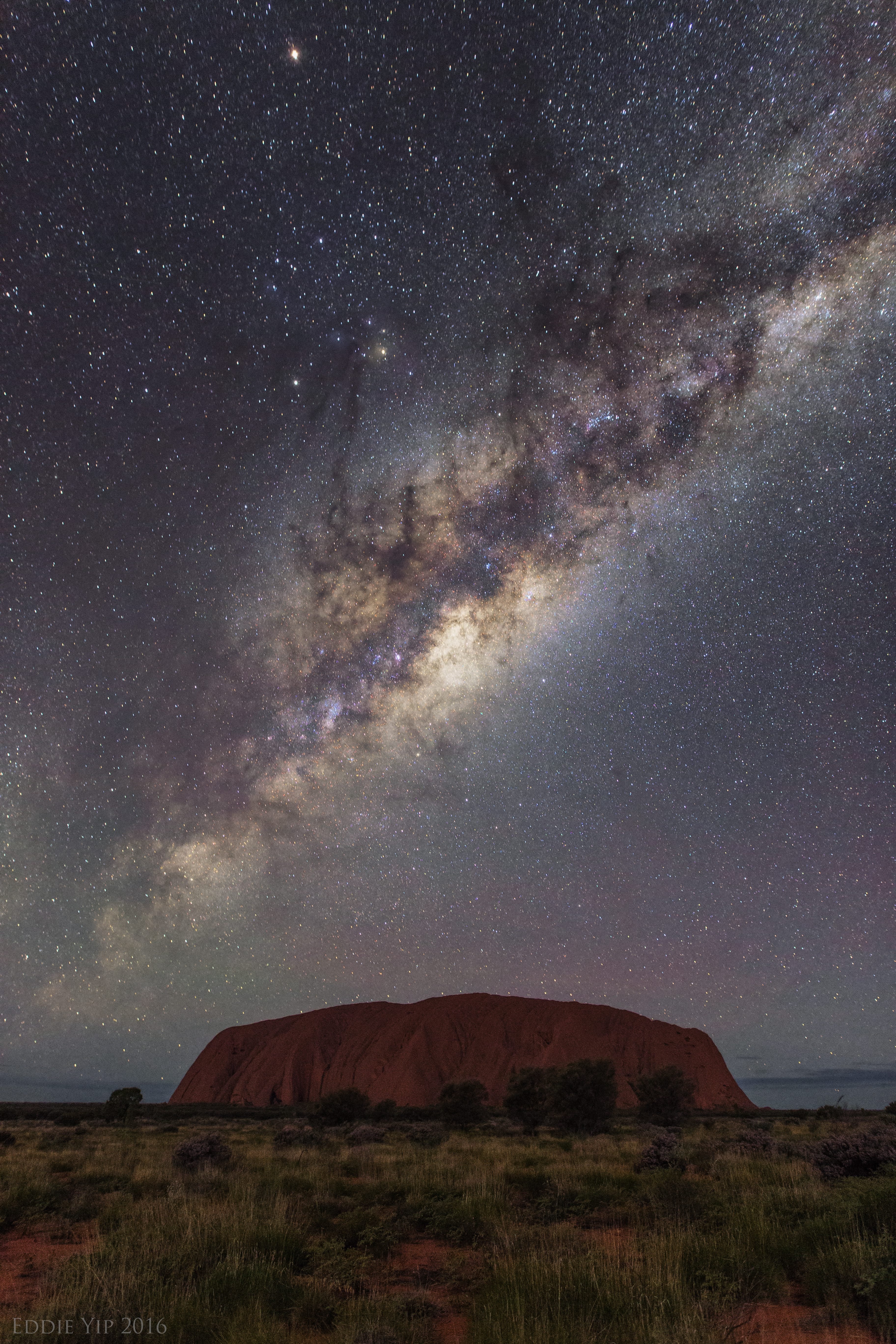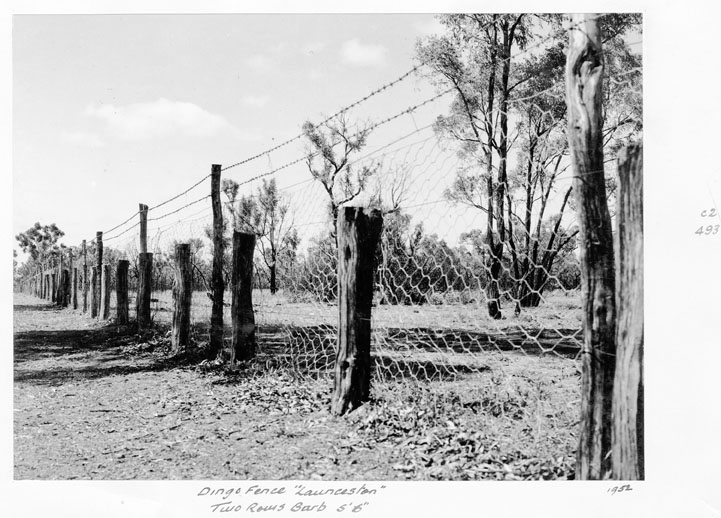|
Lake Frome
Lake Frome / Munda is a large endorheic lake in the Australian state of South Australia to the east of the Northern Flinders Ranges. It is a large, shallow, unvegetated salt pan, long and wide, lying mostly below sea level and having a total surface area of . It only rarely fills with brackish water flowing down usually dry creeks in the Northern Flinders Ranges from the west, or exceptional flows down the Strzelecki Creek from the north. The Adnyamathanha name for the lake is ''Munda''. Europeans named the lake ''Frome'' after Edward Charles Frome, after he mapped the area in 1843. The lake was officially dual named Lake Frome / Munda in 2004. Description The lake adjoins Vulkathunha-Gammon Ranges National Park to its west and lies adjacent to Lake Callabonna linked by Salt Creek to its north, the southern Strzelecki Desert to its east, and the Frome Downs pastoral lease to its south. The ancient Lake Mega-Frome (Lakes Frome, Blanche, Callabonna and Gregory) was last con ... [...More Info...] [...Related Items...] OR: [Wikipedia] [Google] [Baidu] |
South Australia
South Australia (commonly abbreviated as SA) is a States and territories of Australia, state in the southern central part of Australia. With a total land area of , it is the fourth-largest of Australia's states and territories by area, which includes some of the most arid parts of the continent, and with 1.8 million people. It is the fifth-largest of the states and territories by population. This population is the second-most highly centralised in the nation after Western Australia, with more than 77% of South Australians living in the capital Adelaide or its environs. Other population centres in the state are relatively small; Mount Gambier, the second-largest centre, has a population of 26,878. South Australia shares borders with all the other mainland states. It is bordered to the west by Western Australia, to the north by the Northern Territory, to the north-east by Queensland, to the east by New South Wales, to the south-east by Victoria (state), Victoria, and to the s ... [...More Info...] [...Related Items...] OR: [Wikipedia] [Google] [Baidu] |
Lake Gregory (South Australia)
Lake Gregory is a salt lake located in the Far North region of South Australia. The lake lies to the west of Lake Blanche; to the east the Birdsville Track runs in between it and Lake Eyre. Hydrology Lake Gregory is fed by local rainfall and by overflows from Lake Blanche to its east. It was filled in 1974, 1984 and 1990. Natural history The lake is located within the boundaries of the 'Strzelecki Creek Wetland System', a DIWA wetland, and the Strzelecki Desert Lakes Important Bird Area. History It is named after the explorer Augustus Charles Gregory, who first passed by it in 1858. Originally Lake Eyre was named Lake Gregory by B. H. Babbage, but the names were modified by Governor Richard Graves MacDonnell, who preferred to name the former after the famous explorer who first investigated the region twenty years prior, Edward John Eyre. Economy The lands around the lake are used for pastoralism, with both sheep and cattle grazing the surrounding plains. Dulkaninna ... [...More Info...] [...Related Items...] OR: [Wikipedia] [Google] [Baidu] |
Lake Frome National Park
Lake Frome National Park, formerly Lake Frome Regional Reserve, is a protected area located in the Australian state of South Australia about north-east of the state capital of Adelaide, in the Northern Flinders Ranges. It covers the full extent of Lake Frome, an endorheic and ephemeral salt lake. It has an area of . History Lake Frome Regional Reserve was proclaimed as a Regional Reserve on 19 December 1991 for the following purposes and uses:…to extend the conservation management of the adjoining Vulkathunha-Gammon Ranges National Park. It conserves a large arid salt lake system that is of regional geological significance. The dominant land use of the reserve is biological and cultural conservation. On 26 November 2021, the reserve's status was upgraded to a national park in recognition of its significance as a large salt lake, giving it the same status as other large salt lakes such as Kati Thanda-Lake Eyre, Lake Torrens and Lake Gairdner. Text may have been copied ... [...More Info...] [...Related Items...] OR: [Wikipedia] [Google] [Baidu] |
National Park
A national park is a nature park designated for conservation (ethic), conservation purposes because of unparalleled national natural, historic, or cultural significance. It is an area of natural, semi-natural, or developed land that is protected and owned by a government. Although governments hold different standards for national park designation, the conservation of 'wild nature' for posterity and as a symbol of national pride is a common motivation for the continued protection of all national parks around the world. National parks are almost always accessible to the public.Gissibl, B., S. Höhler and P. Kupper, 2012, ''Civilizing Nature, National Parks in Global Historical Perspective'', Berghahn, Oxford Usually national parks are developed, owned and managed by national governments, though in some countries with federal government, federal or Devolution, devolved forms of government, "national parks" may be the responsibility of subnational, regional, or local authorities. Th ... [...More Info...] [...Related Items...] OR: [Wikipedia] [Google] [Baidu] |
Dreamtime
The Dreaming, also referred to as Dreamtime, is a term devised by early anthropologists to refer to a religio-cultural worldview attributed to Australian Aboriginal religion and mythology, Australian Aboriginal mythology. It was originally used by Francis James Gillen, Francis Gillen, quickly adopted by his colleague Walter Baldwin Spencer, and thereafter popularised by A. P. Elkin, who later revised his views. The Dreaming is used to represent Aboriginal concepts of "Everywhen", during which the land was inhabited by ancestral figures, often of heroic proportions or with supernatural abilities. The term is based on a rendition of the Arandic languages, Arandic word , used by the Aranda people, Aranda (Arunta, Arrernte) people of Central Australia, although it has been argued that it is based on a misunderstanding or mistranslation. Some scholars suggest that the word's meaning is closer to "Eternity, eternal, uncreated". Anthropologist William Edward Hanley Stanner, William ... [...More Info...] [...Related Items...] OR: [Wikipedia] [Google] [Baidu] |
Rainbow Serpent
The Rainbow Serpent or Rainbow Snake is a common deity often seen as the Creator deity, creator God, known by numerous names in different Australian Aboriginal languages by the many List of Australian Aboriginal group names, different Aboriginal peoples. It is a common Motif (visual arts), motif in the art and religion of many Aboriginal Australian peoples. Much like the archetypal mother goddess, the Rainbow Serpent creates land and diversity for the Aboriginal people, but when disturbed can bring great chaos. There are many names and stories associated with the serpent, all of which communicate the significance and power (sociology), power of this being within Australian Aboriginal religion and mythology, Aboriginal mythology, which includes the worldview commonly referred to as The Dreaming. The serpent is viewed as a giver of life through its association with water, but can be a destructive force if angry. The Rainbow Serpent is one of the most common and well-known Aborigin ... [...More Info...] [...Related Items...] OR: [Wikipedia] [Google] [Baidu] |
Dreaming (spirituality)
The Dreaming, also referred to as Dreamtime, is a term devised by early anthropologists to refer to a religio-cultural worldview attributed to Australian Aboriginal mythology. It was originally used by Francis Gillen, quickly adopted by his colleague Walter Baldwin Spencer, and thereafter popularised by A. P. Elkin, who later revised his views. The Dreaming is used to represent Aboriginal concepts of "Everywhen", during which the land was inhabited by ancestral figures, often of heroic proportions or with supernatural abilities. The term is based on a rendition of the Arandic word , used by the Aranda (Arunta, Arrernte) people of Central Australia, although it has been argued that it is based on a misunderstanding or mistranslation. Some scholars suggest that the word's meaning is closer to " eternal, uncreated". Anthropologist William Stanner said that the concept was best understood by non-Aboriginal people as "a complex of meanings". ''Jukurrpa'' is a widespread term ... [...More Info...] [...Related Items...] OR: [Wikipedia] [Google] [Baidu] |
Adnyamathanha
The Adnyamathanha (Pronounced: ) are a contemporarily formed grouping of several distinct Aboriginal Australian peoples of the northern Flinders Ranges, South Australia. The ethnonym Adnyamathanha was an alternative name for the Wailpi but the contemporary grouping also includes the Guyani, Jadliaura, Pilatapa and sometimes the Barngarla peoples. The origin of the name is in the words "adnya" ("rock") and "matha" ("group" or "group of people"). Adnyamathanha is also used to refer to their traditional language, although Adnyamathanha people themselves call their language "yura ngarwala" (roughly translated as "our speech") and refer to themselves as "yura". There is a community of Adnyamathanha people at Nepabunna, just west of the Gammon Ranges, which was established as a mission station in 1931. The Adnyamathanha people have run Nantawarrina IPA, the first Indigenous Protected Area in Australia, since 1998. Country According to David Horton's map "Aboriginal Austr ... [...More Info...] [...Related Items...] OR: [Wikipedia] [Google] [Baidu] |
Dunes
A dune is a landform composed of wind- or water-driven sand. It typically takes the form of a mound, ridge, or hill. An area with dunes is called a dune system or a dune complex. A large dune complex is called a dune field, while broad, flat regions covered with wind-swept sand or dunes, with little or no vegetation, are called '' ergs'' or ''sand seas''. Dunes occur in different shapes and sizes, but most kinds of dunes are longer on the stoss (upflow) side, where the sand is pushed up the dune, and have a shorter ''slip face'' in the lee side. The valley or trough between dunes is called a ''dune slack''. Dunes are most common in desert environments, where the lack of moisture hinders the growth of vegetation that would otherwise interfere with the development of dunes. However, sand deposits are not restricted to deserts, and dunes are also found along sea shores, along streams in semiarid climates, in areas of glacial outwash, and in other areas where poorly cemented sa ... [...More Info...] [...Related Items...] OR: [Wikipedia] [Google] [Baidu] |
Dingo Fence
The Dingo Fence or Dog Fence is a pest-exclusion fence in Australia to keep dingoes out of the relatively fertile south-east part of the continent (where they have largely been exterminated) and protect the sheep flocks of southern Queensland. One of the longest structures in the world, it stretches from Jimbour, Queensland, Jimbour on the Darling Downs near Dalby, Queensland, Dalby through thousands of kilometres of arid land ending west of Eyre peninsula on cliffs of the Nullarbor Plain above the Great Australian Bight near Nundroo. It has been partly successful, though dingoes can still be found in parts of the southern states. Although the fence has helped reduce losses of sheep to predators, this has been countered by holes in fences found in the 1990s through which dingo offspring have passed and by increased pasture competition from rabbits in Australia, rabbits and kangaroos. History The earliest pest exclusion fences in Australia were created to protect small plot ... [...More Info...] [...Related Items...] OR: [Wikipedia] [Google] [Baidu] |
Natural Gas
Natural gas (also fossil gas, methane gas, and gas) is a naturally occurring compound of gaseous hydrocarbons, primarily methane (95%), small amounts of higher alkanes, and traces of carbon dioxide and nitrogen, hydrogen sulfide and helium. Methane is a colorless and odorless gas, and, after carbon dioxide, is the second-greatest greenhouse gas that contributes to global climate change. Because natural gas is odorless, a commercial odorizer, such as Methanethiol (mercaptan brand), that smells of hydrogen sulfide (rotten eggs) is added to the gas for the ready detection of gas leaks. Natural gas is a fossil fuel that is formed when layers of organic matter (primarily marine microorganisms) are thermally decomposed under oxygen-free conditions, subjected to intense heat and pressure underground over millions of years. The energy that the decayed organisms originally obtained from the sun via photosynthesis is stored as chemical energy within the molecules of methane and other ... [...More Info...] [...Related Items...] OR: [Wikipedia] [Google] [Baidu] |
Moomba Adelaide Pipeline System
The Moomba Adelaide Pipeline System is a natural gas pipeline delivering gas from the Cooper Basin gas wells near Moomba, South Australia, Moomba to Adelaide, with spur pipelines to Angaston, South Australia, Angaston and Whyalla. It can also receive gas from Southeastern Queensland through the QSN Link pipeline owned by APA Group (Australia), APA Group. The pipeline was developed by the Government of South Australia and commenced operation on 28 November 1969. It was privatised in 1995 and bought by Queensland Investment Corporation, the parent company of Epic Energy in April 2013. The pipeline system now consists of a total of of high pressure gas pipelines, including of laterals. The main lateral spurs are the one to Port Pirie and Whyalla and the one to Angaston, South Australia, Angaston. The Angaston spur can also feed gas into the Riverland Pipeline owned by Envestra, which supplies gas to Murray Bridge, South Australia, Murray Bridge, Berri, South Australia, Berri and ... [...More Info...] [...Related Items...] OR: [Wikipedia] [Google] [Baidu] |







